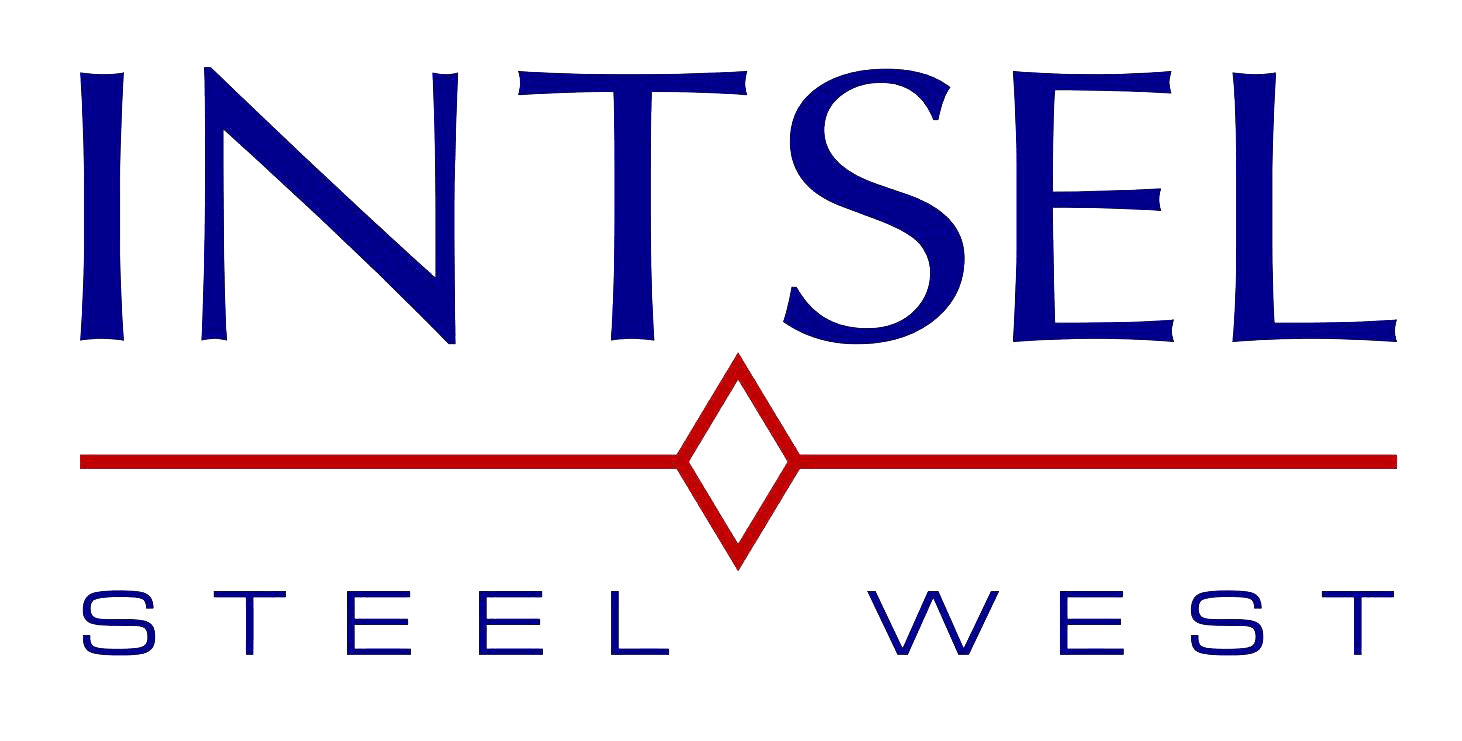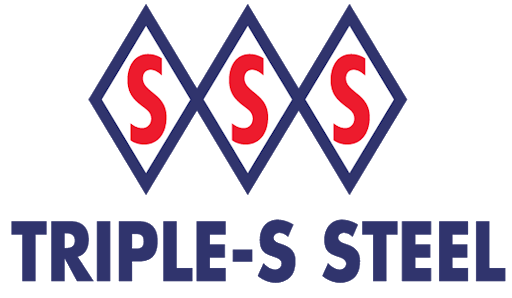



Steel is one of the most-used metals across the planet and is a major material in the engineering and construction industries. From cars, planes, buildings, ships and bridges to household objects and appliances, surgical equipment, pipelines and factory machines, steel is found everywhere in abundance. Cutting metal to size is a vital process in making diverse metal parts, equipment, components and machinery. There are various ways of cutting steel, including with a saw, with a laser and using a water jet. Plasma cutting is one of the newer techniques used to cut steel to the required size. It’s especially useful when it comes to cutting various types of structural steel. This article covers the basics of plasma cutting, including top plasma cutting advantages.
Also sometimes referred to as plasma arc cutting, the relatively new process of plasma cutting involves melting electrically conductive materials to create a cut. The technique uses a thin jet of high-temperature high-speed ionized gas to melt material in a precise location. With temperatures that exceed 20,000 degrees Celsius / 36,032 degrees Fahrenheit, the jet hits the material, causes intense heating and ejects the melted matter with the flow of gas.
Plasma cutting can be used to form and shape metal as well as to create clean cuts. Plasma techniques are suitable for various metals and alloys, including brass, copper and aluminum as well as steel. Both manual and mechanized plasma cutting tools are available.
While plasma cutting can result in a larger heat-affected area than other methods, pieces can be cut in water to minimize effects. Cutting underwater also has the added advantages of reducing noise and heat exposure.
The plasma cutting technique provides a number of benefits and advantages, both for consumers and for operators. These include:
In contrast to other cutting equipment, plasma-cutting tools don’t need to be heated prior to use, saving time at the start of a job. When compared with many other steel-cutting processes, plasma cutting can take a quarter of the time. This faster speed means that jobs can be finished quicker for clients, helping customers to source workable materials faster and meet timeframe targets on a variety of projects.
The faster speeds reduce the heat transfer by a significant amount; this greatly reduces the chance of warping during cutting. Quicker processing times also reduce potential risks to operators and errors in the cutting process.
Plasma cutting is considered a safer method than cutting techniques that rely on oxygen. Plasma cutting uses inert, or noble, gases, thus eliminating the risk of combustion, both while the tool is in use and while it is being stored.
Furthermore, plasma-cutting tools are relatively easy to use, and it’s not difficult for people to learn how to operate them effectively and safely. Dangers that could be associated with plasma cutting, such as eye damage from bright flashes and ear damage from loud noises, are easily mitigated by the provision and correct use of protective equipment, such as eye goggles and ear defenders.
The tool itself is versatile in as much as it can be mechanized or manual, with hand-held tools available to offer excellent portability. Computer numerical control (CNC) machines can be used in conjunction with plasma-cutting tools to enable precise repetition of jobs. Computer-aided methods may also enhance precision. (However, operators also have great precision at their fingertips when manually using plasma-cutting equipment.)
Plasma cutting isn’t only used for creating straight cuts; the beam can be used to create precise curves and angles, unusual and complex shapes and intersecting cuts. An often-cited plasma cutting advantage regarding versatility is the range of materials that can be cut using this method.
Plasma cutting techniques can be used for materials with different thicknesses. The cutting methods are suitable for metals up to 150 millimeters in thickness, and produce exceptional quality for metals up to 50 millimeters in thickness. Indeed, plasma cutting is often said to be one of the best solutions for cutting steel and aluminum of medium thickness.
When considering various cutting methods for steel, one of the major benefits of plasma cutting is the method’s cost effectiveness. It is typically cheaper than other cutting processes. This technique is fairly energy efficient, which helps to cut costs further. The faster time is another factor in the lower cost.
Plasma-cutting equipment is relatively low maintenance too, and torches are generally thought to present good value for money. Additionally, as compared with flame-cutting methods, plasma cutting results in a much smaller cutting kerf, or a smaller amount of material removed during the cutting process. This essentially reduces the amount of wasted material.
The actual cutting process removes most of the excess material created during cutting. This means that little finishing is needed after the cutting process, thus saving on even more potential costs in a larger project.
Intsel Steel West is a leading supplier of structural steel. With a huge selection of various types of steel already in stock, you can simply place an order and rest assured that your project can move ahead swiftly thanks to the next-day delivery. Alternatively, you can place your order early and arrange for a future delivery, with the peace of mind that the price at the time of order will remain the same on the day of delivery.
Whether you’re looking for steel sheets, beams, steel bars, piping or another form of structural steel, you’ll find everything you need at Intsel Steel West. There’s absolutely no need to waste time and energy trying to coordinate purchases and deliveries from numerous suppliers.
They also offer a range of value-added services, making your project planning run even smoother. In addition to services such as plate processing, material testing and section bending, plasma cutting is also available. This means you can conveniently take delivery of your steel cut to the exact size you need.
Contact Intsel Steel West to discuss your structural steel requirements, obtain a quote and arrange extra services such as plasma cutting.